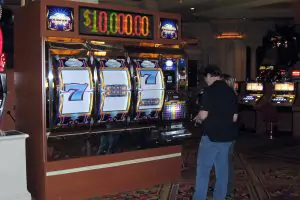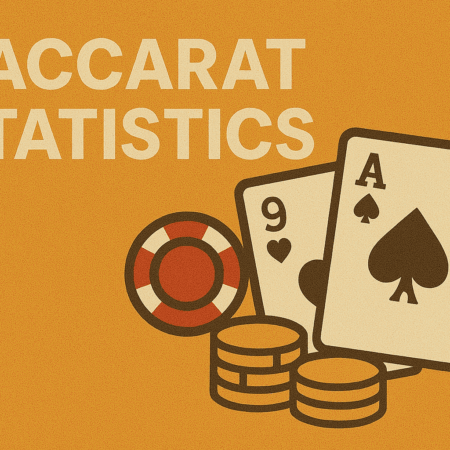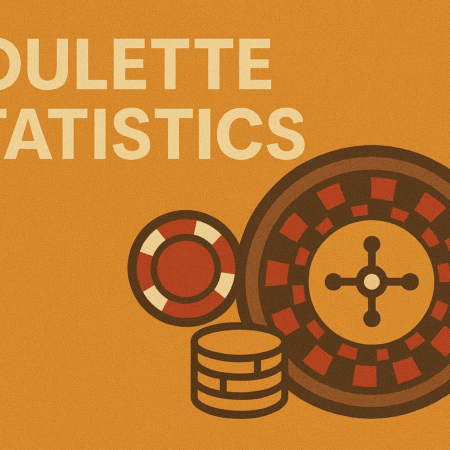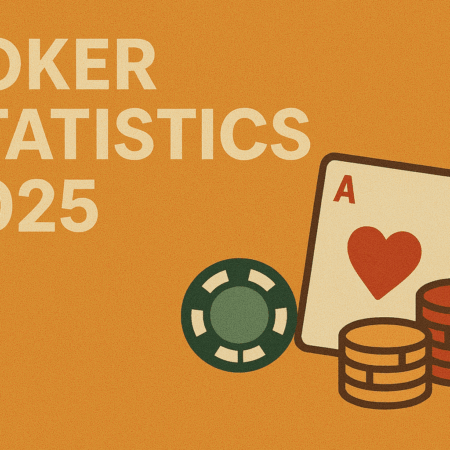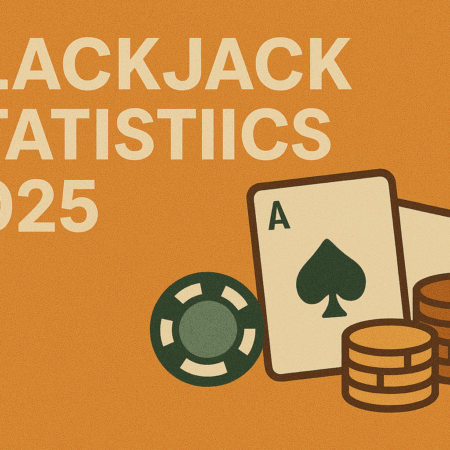Non-Fungible Tokens (NFTs) have evolved dramatically since their initial boom in 2021. No longer just digital art pieces traded on hype, NFTs in 2025 are being used across gaming, ticketing, identity, intellectual property, and even real-world assets. If you’re new to NFTs or returning after the speculative frenzy of the past, this guide offers a fresh look at how NFTs work, where they’re headed, and what you need to know before getting involved.
What Are NFTs?
NFTs, or Non-Fungible Tokens, are unique digital assets recorded on a blockchain. Unlike cryptocurrencies such as Bitcoin or Ethereum, NFTs are not interchangeable — each has a distinct value and metadata. Think of them as certificates of ownership for digital or physical items.
Each NFT is verified through smart contracts on blockchains like Ethereum, Polygon, Solana, or Bitcoin (via Ordinals). They can represent digital art, music, in-game assets, tickets, videos, and more.
Why Are NFTs Still Relevant in 2025?
Many wrote off NFTs after the market crash in 2022–2023, but the underlying technology continued to mature. In 2025, NFTs are:
- Integrated into major gaming ecosystems like Pixels, Illuvium, and Shrapnel.
- Used by mainstream brands (Nike, Starbucks, Ticketmaster) for loyalty programs, digital collectibles, and event access.
- Bridging digital and physical ownership, enabling tokenization of real-world items like luxury goods and real estate.
- Fueling identity and access control in decentralized social apps, DAOs, and metaverse platforms.
How Do NFTs Work?
NFTs are minted on a blockchain, most commonly via smart contract standards like:
- ERC-721: The original NFT standard on Ethereum.
- ERC-1155: A more efficient multi-token standard for both fungible and non-fungible assets.
- Bitcoin Ordinals: A method for inscribing digital content directly on individual satoshis (BTC’s smallest unit).
Once created, NFTs are stored in a wallet and can be traded on platforms like OpenSea, Magic Eden, Blur, Rarible, or Sound.xyz.
Popular Types of NFTs in 2025
1. Gaming NFTs
GameFi continues to lead NFT innovation. Items such as weapons, skins, characters, and land are tokenized. Notable games include:
- Big Time
- Illuvium
- Pixels
- Shrapnel
These assets can be earned, bought, or traded — often across blockchains.
2. Digital Art & Photography
NFTs remain an important medium for digital artists and photographers. Platforms like Foundation, SuperRare, and Manifold allow creators to earn royalties on secondary sales.
3. Music & Media
Artists like Snoop Dogg and RAC continue using NFTs for music releases and fan engagement. Tokenized access to unreleased tracks, backstage passes, and exclusive events is common.
4. NFT Tickets & Passes
Ticketing is a booming use case. NFTs act as tamper-proof event tickets that can include benefits like VIP upgrades or collectible artwork.
5. Identity & Domain Names
Projects like ENS (Ethereum Name Service) and Lens Protocol allow users to own usernames or identity tokens tied to their wallet.
6. Bitcoin NFTs (Ordinals)
A 2023 innovation, Bitcoin NFTs are inscribed onto satoshis. Collections like Taproot Wizards have made headlines, while infrastructure continues to grow.
How to Buy an NFT in 2025
- Choose a Blockchain
Ethereum and Solana remain the most popular, but Polygon, Avalanche, and Bitcoin are gaining traction. - Get a Compatible Wallet
Install a wallet like MetaMask, Phantom, or Xverse (for Bitcoin NFTs). Secure it with a seed phrase. - Buy Crypto
Use a crypto exchange to buy ETH, SOL, MATIC, or BTC and transfer it to your wallet. - Choose a Marketplace
Visit a platform like:
- OpenSea
- Magic Eden
- Blur
- Gamma.io for Bitcoin NFTs
- Purchase & Store
Confirm the transaction, pay gas fees, and your NFT will appear in your wallet.
Emerging NFT Trends in 2025
✅ Cross-Chain Interoperability
Users are no longer restricted to a single blockchain. Platforms like Wormhole, LayerZero, and Chainlink CCIP enable cross-chain NFT movement and trading.
✅ Soulbound Tokens (SBTs)
Introduced by Vitalik Buterin, SBTs are NFTs that cannot be transferred — ideal for identity, credentials, and memberships.
✅ AI-Generated NFTs
AI tools are being used to co-create art, generate dynamic metadata, or react to user inputs. Some NFTs even evolve over time.
✅ Real-World Asset (RWA) Tokenization
NFTs now represent shares in real estate, luxury watches, or physical collectibles, often backed by legal frameworks or custodians.
✅ Sustainable & Gasless Minting
Thanks to Layer 2 solutions like Base and Arbitrum, many NFT mints now cost under $0.01 and have a lower carbon footprint.
What Are the Risks of NFTs?
Despite the innovation, NFTs are not risk-free. Here’s what to watch out for:
🔸 Scams & Phishing
Fake mint links, Twitter bots, or Discord hacks can result in wallet drainage. Always verify URLs and turn off auto-approvals.
🔸 Market Volatility
Many NFTs lose 80–90% of their value after launch. Don’t invest more than you can afford to lose.
🔸 Copyright Issues
Fake or stolen artwork remains a concern. Choose verified collections and platforms with creator verification processes.
🔸 Illiquidity
Unlike crypto tokens, NFTs are often harder to sell — especially in a down market.
🔸 Rug Pulls & Abandoned Projects
Do your research. Projects can be abandoned quickly, especially if run by anonymous teams.
How to Research NFTs Before Buying
- Team Transparency: Are the creators known and reputable?
- Utility & Roadmap: Does the NFT have real use or community benefits?
- Art Quality: Is the design original or AI-generated filler?
- Community: Check Twitter, Discord, or Farcaster for activity and support.
- Volume & Floor Price: Look for steady sales, not just spikes.
🧠 FAQ: NFTs in 2025
What makes NFTs valuable in 2025?
Value comes from utility, scarcity, creator reputation, and cultural relevance. NFTs tied to real-world use (e.g. gaming, tickets, IP rights) hold stronger long-term potential.
Are NFTs still a good investment?
NFTs can offer value but are highly speculative. Treat them more like digital collectibles or access tokens than guaranteed investments.
Can I make money with NFTs in 2025?
Yes — through flipping, staking, earning in-game assets, or offering NFT-based services (e.g. design, dev work). But there’s significant risk.
What blockchains are best for NFTs in 2025?
Ethereum (most established), Polygon (low fees), Solana (fast), and Bitcoin (for Ordinals). Choose based on the project’s focus.
What is the best wallet for NFTs?
MetaMask (Ethereum, Polygon), Phantom (Solana), and Xverse or Hiro (Bitcoin NFTs). Always back up your seed phrase securely.
How can I avoid NFT scams?
Use official project links, never share your seed phrase, and install wallet guards like Fire or Pocket Universe.
Final Thoughts
NFTs in 2025 are smarter, more useful, and more integrated into the digital world than ever before. Whether you’re collecting, investing, gaming, or building, the NFT space has matured past hype and into functionality. But like any digital frontier, proceed with curiosity and caution.
If you’re just getting started, choose projects that align with your interests, learn the basics of blockchain, and always keep security top of mind.

 Canada
Canada Deutsch
Deutsch Español
Español Português
Português